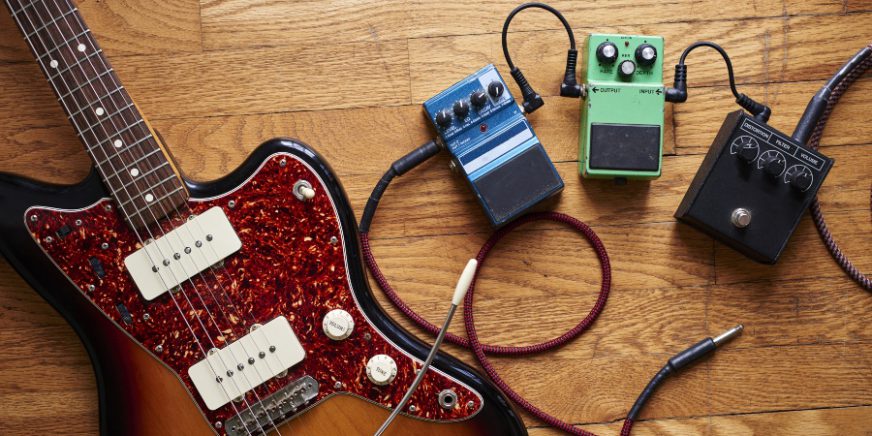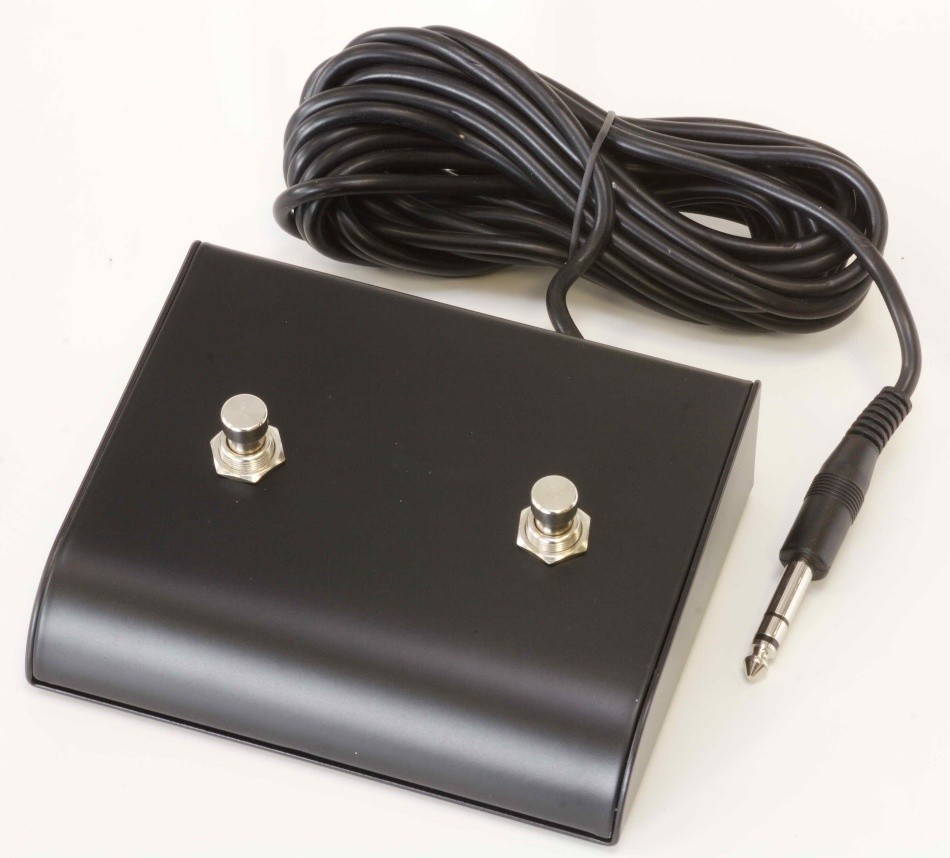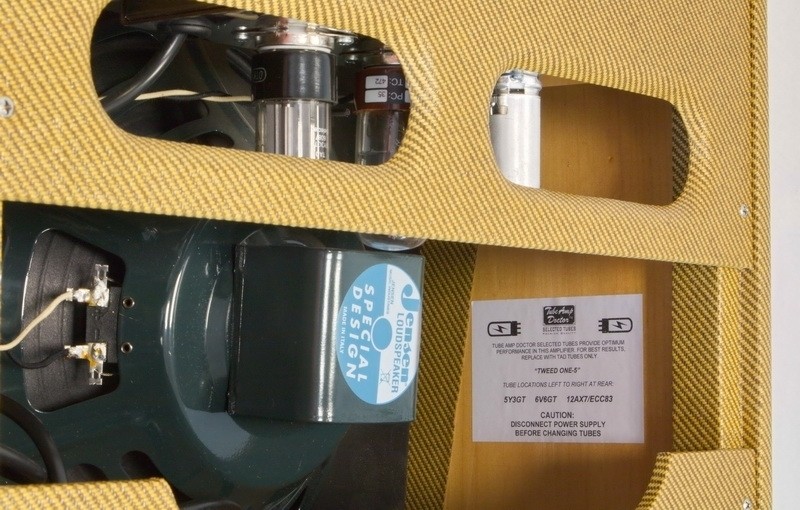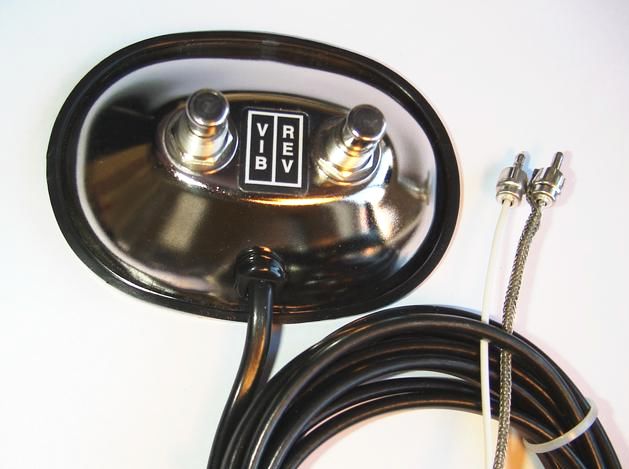« Which effects belong on your pedalboard »
In search of THE sound, we guitarists do a lot: besides high-quality guitars, pickups, and of course, amplifiers, an effects unit for the guitar plays an essential role in achieving a great sound. While some guitarists swear by the clean, unaltered sound of their instruments, others use a whole array of pedals. To provide an overview of the most common effects pedals and their functions, we have decided to write this overview. Naturally, there is an almost endless variety of devices, which are at least as diverse as tube amplifiers. So, the question arises: What do you actually need?
What are effects units for electric guitars?
Before we delve into explaining the individual categories, a few words about these devices in general. They are designed to alter the signal from the instrument’s pickups. The output signal is modified between the instrument and the amplifier or speaker by an electric unit. The manner in which the signal is changed typically defines the type of effect used.
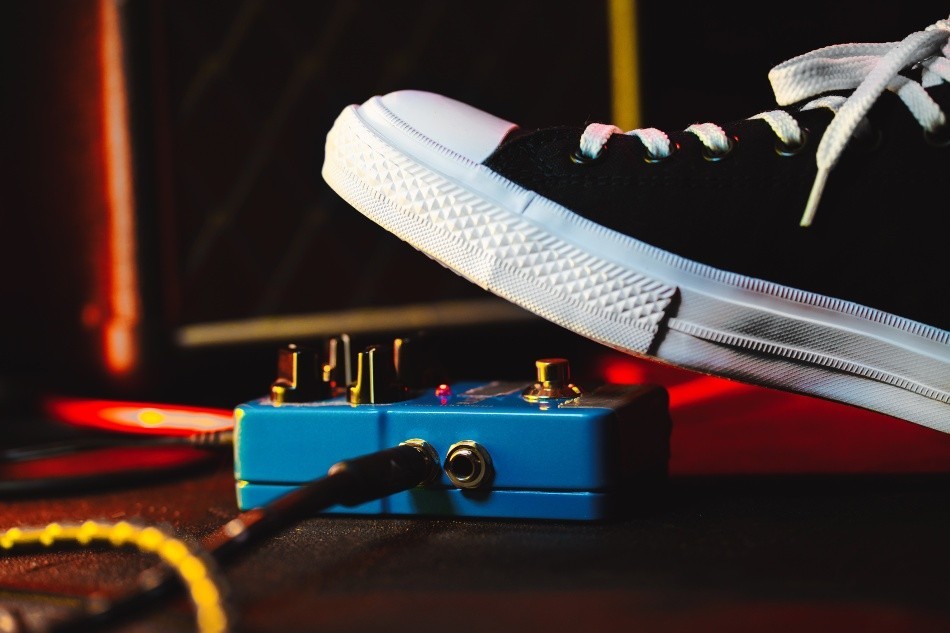
What types of effects units are there?
Different modes of operation determine the various types of pedals. The most common ones are distortion, modulation, dynamics and spatial effects. In the following section, we will introduce the most important ones.
Overdrive
Overdrive works in the signal chain to achieve input level overdrive and shape a rough and aggressive tone at the amplifier. This effect pedal for the guitar is ubiquitous in genres like rock and metal, but even blues and jazz guitarists occasionally can’t do without overdrive at the amplifier. Fuzz and distortion belong into this category.
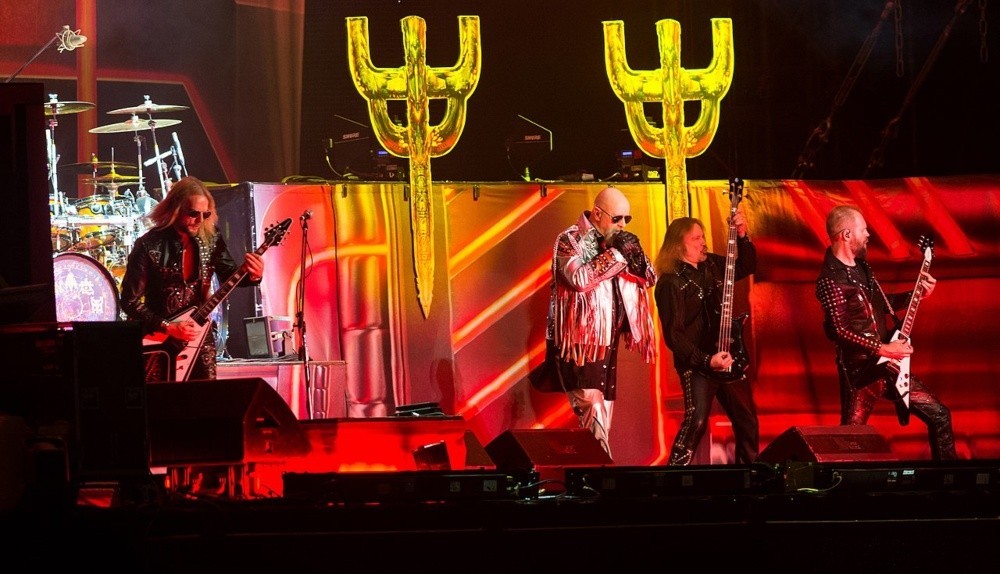
The overdrive pedal simulates what we love about our tube amplifiers: the signal is boosted to a level where the amplifier’s tubes begin to distort the signal. This allows for achieving effects like power amp saturation even at lower volumes.
Depending on how the pedals are used, you can achieve gentle and musical overdrive. Overdrive is typically found in less extreme music styles like rock and blues, where a good warm tube sound is essential. Tube amplifiers, in particular, work harmoniously with these units for the guitar.
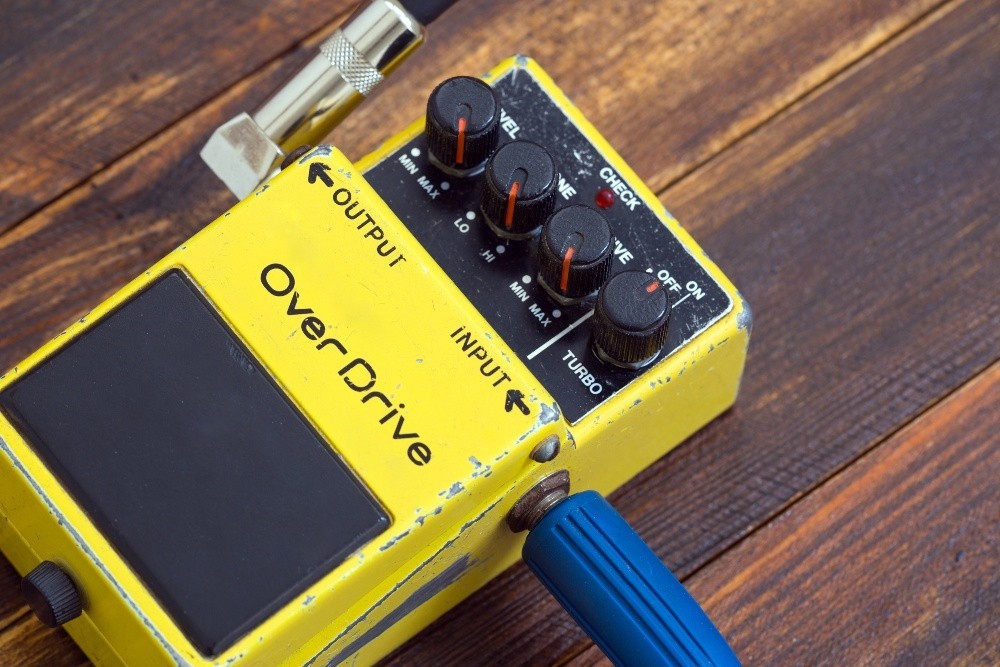
Distortion
Distortion works similar to overdrives but achieve harder and more compressed sounds through stronger overdrive, often found in alternative and metal music. A characteristic feature of a distortion unit is the reduction in dynamic range, with the mids being boosted significantly, cutting through the mix and making the amplifier more present. This pedal is suitable for emphasizing guitar parts and simulating hard-working tubes.
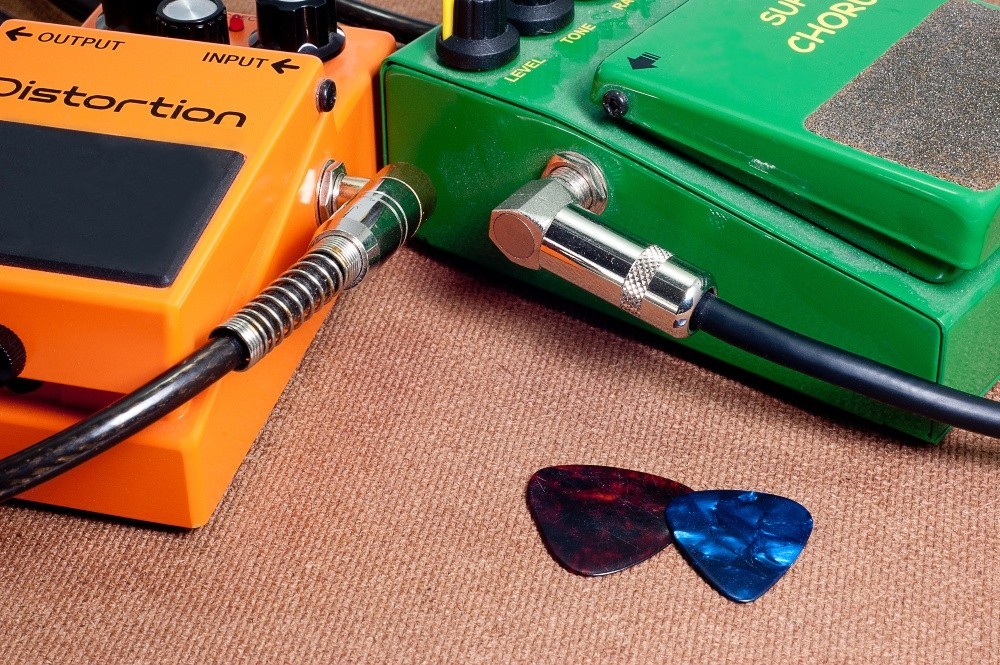
Fuzz
If you have the sound of Jimi Hendrix and the Rolling Stones in mind, you’re thinking of the fuzz effect pedal. This effect pedal scatters the guitar signal, creating an effect reminiscent of a malfunctioning speaker. The very rough and gritty sound of fuzz pedals is particularly used by rock guitarists and provides an organic sound that can also suit gentler styles, unlike distortion.
Modulation
The next category of pedals for the guitar comprises modulation effects. These create artificial (partial) signals that are mixed into the original sound. The most well-known examples in this category are chorus, phaser, octaver, and vibrato.
Chorus
A chorus pedal adds several copied and altered signals to the original guitar signal. This simulates a kind of guitar chorus, where multiple guitarists play the same note or riff.
Phaser
By outputting a signal with a slight time delay, the phaser adds another layer to the guitar signal. The uniqueness lies in the phase cancellation, which swallows part of the original sound and covers it with a different sound.
Through constant variation, this effect pedal for the guitar can achieve extreme changes in sound. Pedals like the phaser work particularly well with tubes and tube amplifiers.
Vibrato
Similar to natural vibrato, this effect pedal for the guitar changes the pitch of the signal, which can be varied depending on the device’s settings. Incorporating vibrato can create floating and organic sounds without putting too much strain on the guitarist’s fretting hand.
Octaver
As the name suggests, the octaver adds additional tracks in different octaves (lower or higher) to the input signal. This creates very wide sounds, and with certain settings, you can simulate both bass and guitar tracks, expanding the sound of the individual instrument.
Dynamics Effects
These do not manipulate the sound of the signal by adding or subtracting parts of the signal but instead work by altering the existing signal – specifically, changing the level or volume of the signal. This can lead to distortions, especially when combined with a tube amplifier. The use of dynamics effects requires careful consideration.
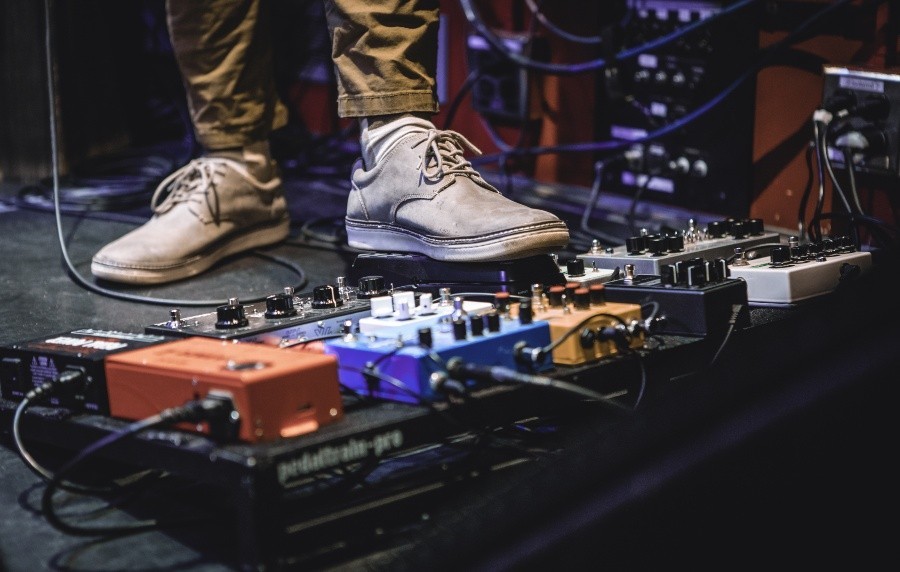
Tremolo
The tremolo effect alters the signal’s volume, causing it to constantly rise and fall. Similar to continuously using the volume knob on the guitar, tremolo creates a wave-like motion in the sound, often used in rock and metal. The gradual increases in volume prevent the tube amplifier from producing excessive volume and going into saturation/distortion.
Compressor
A compressor operates on the pedalboard by reducing strong frequencies and boosting weak ones. This makes the guitar signal more pronounced and gives it significantly greater presence in a band context.
Booster
Boosters are closely related to overdrive effects and can be found on some pedalboards as well. They raise the input level of the signal, increasing overall volume. Since boosters work more gently, they can also achieve louder clean sounds, delivering extra punch, especially during solos.
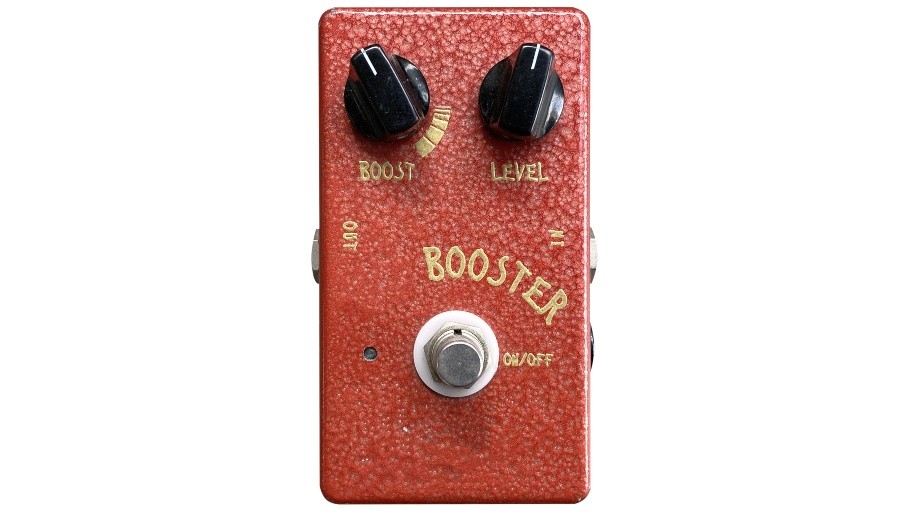
Spatial Effects
Fans of vintage tube amplifiers will recognize authentic spatial effects, reverb and delay, as part of the amplifier’s effects. However, they can also be used as effect pedals for the guitar on the pedalboard, providing their unique characteristics in almost all musical styles.
Delay
Also known as echo, a delay pedal repeats the played signal and sends it out with a slight delay. By varying the intensity and speed, rhythmic patterns and “soundscapes” can be created that would be difficult to play without this effect – fans of Pink Floyd’s masterpiece “Another Brick in the Wall” will agree. Rarely does a well-equipped pedalboard go without this effect.
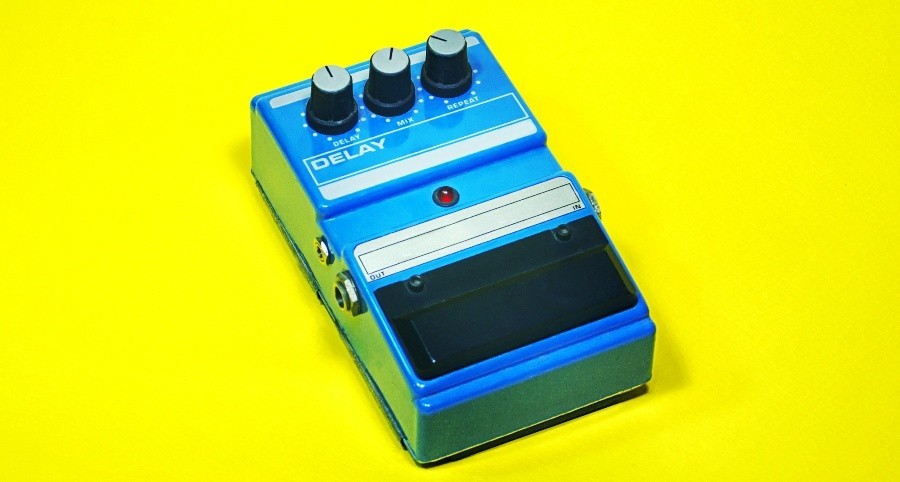
Reverb
Few effects are used as widely and frequently as reverb. It’s no wonder since few pedalboards can do without reverb. Many amplifier manufacturers include reverb in their devices by default. Reverb changes the acoustic environment of the signal and provides various spatial perceptions depending on the settings – from an empty concert hall to a small chamber.
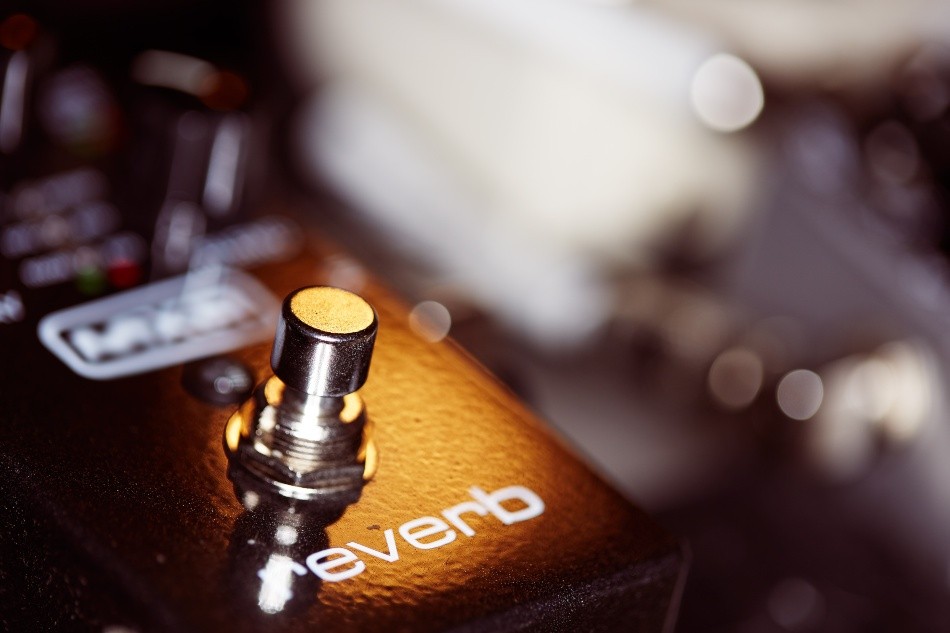
Conclusion – The Most Important Effects Pedals
When it comes to selecting and using effects pedals, guitarists have almost limitless options. The type and number of devices used can vary significantly from genre to genre and even from guitarist to guitarist. It’s no wonder they say you can tell a guitarist’s character by their pedals and footswitches! Especially at the beginning of a musician’s career, the sheer number of options can be overwhelming.
Therefore, we recommend starting by creating a good, usable base sound and gradually building on it for different applications. However, you can generally break it down into the presented groups. If you have every type of effect, you can create almost any sound. And if something is missing, the best solution is often what we all love to do: experiment!
___________________________________________________________________________________________________________________________
Image sources:
Title image: © goodmanphoto – stock.adobe.com
Foot activates foot pedal: © kohanova1991 – stock.adobe.com
Judas Priest – Wacken Open Air 2018: Frank Schwichtenberg., CC BY-SA 4.0,
https://commons.wikimedia.org/w/index.php?curid=71482741
Overdrive Pedal: © godlikeart – stock.adobe.com
Distortion Pedal: © poomsak – stock.adobe.com
Pedalboard on a stage: © Collin – stock.adobe.com
Pedal “Booster”: © warin – stock.adobe.com
Pedal “Delay”: © eleftherios papoulias/EyeEm – stock.adobe.com
Pedal “Reverb”: © Irina Vinnikova – stock.adobe.com
 Tubeampdoctor Magazin
Tubeampdoctor Magazin
